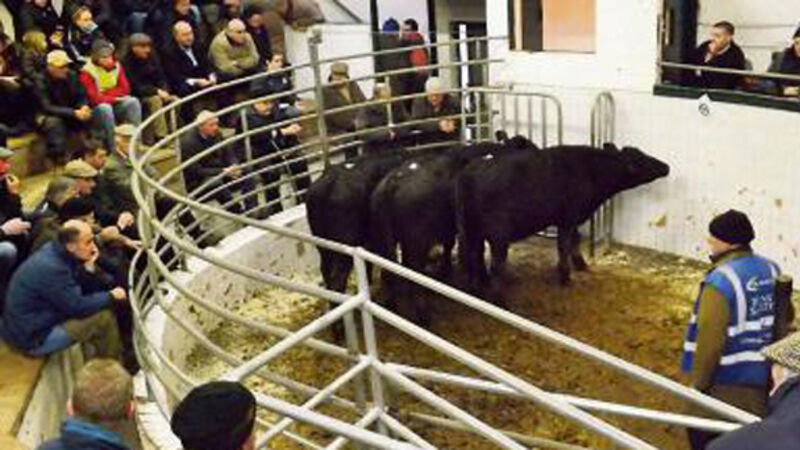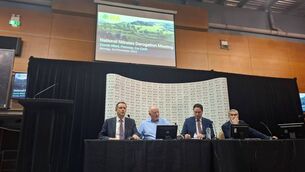Buying, feeding and selling: no room for error in profitable beef finishing

Obviously, the buying and selling prices are critical factors.
Buyers really need to do their sums before purchasing, and should ask themselves:
The goal is to get weight on animals as efficiently as possible.
This also involves many factors, such as:
Maintaining good animal health is critical for profitable finishing.
Keeping mortality to a minimum.
Supplying a good quality high energy diet (high-cereal diets finish cattle fastest).
Getting the weight on cost effectively.
Achieving a consistent high weight gain throughout the target finishing period.
Providing a comfortable environment, with good ventilation and a plentiful supply of clean water.
Correct parasite control will also improve finishing efficiency.
Achieving an efficient finish
Efficient production is the priority when finishing cattle.
Obviously, feed costs are very important, but it is equally important to make sure that the correct feed is being used.
Once you begin to finish cattle, it is critical to keep them on a consistent diet throughout.
Changing your feed formulation may seem like a good idea, but each formulation is slightly different, and may reduce digestive efficiency in stock.
Try to buy your concentrates based on their energy value, rather than protein content.
Energy is what puts flesh on animals.
Cattle thrive best when they are fed the same diet at the same time each day.
As I mentioned above, changing feed supplier may seem like a good idea.
However, each time you change your concentrate, you require the animals to change their rumen bug population to suit the new mix.
This results in reduced performance during the transition.
My advice is to stick to one supplier, once finishers are settled on their diet.
Apart from when you might introduce maize meal near the end of the finishing period to get the final cover, no other changes should be necessary.
In the last few weeks, I have seen a lot of finishing cattle in sheds with either very loose dungs and/or a lot of grain passing through in the dung.
The grain not being rolled is hardly ever the reason, the more likely cause is the diet not being balanced correctly.
Another reason is that all animals cannot eat at the one time, if meal is being put on top of silage.
In TMR (Total Mixed Ration) diets, if the mix is very dry, animals will attempt to sort out the meal from the forages.
This will lead to animals having variable dung consistency, although it is assumed they are all on the same diet.
Some cattle will be looser than others; these are usually the ones eating too much concentrates and less forage.
Cattle with firmer dungs are mostly the ones forced to eat a much higher proportion of forage.
In order to reduce the issues causing variable dung consistency, and undigested material, it is important to take the variability out of feeding your stock.
This will involve providing access to feed for all animals, when concentrates are fed on top of silage.
With a TMR, it may require the mix to be made moister in order to prevent sorting.
Water, liquid feeds and molasses are being used to sort this problem on many farms this year.
Many silages this year are very dry, and cattle on many farms are finding it easy to sort out TMRs, as a result.
Many still associate loose dungs with feeding too much protein.
This is very seldom the case; actually, some are under-feeding protein, even to finishers.
This is very likely to be the case if maize silage, whole crop and/or beet are in the diet.
This year’s grass silages are also abnormally low in protein.
Over-wilting and use of tedders and rakes have created a significant issue for livestock production, leaving many forages too dry and poorly preserved.
Silages need to be ensiled quicker, when being wilted.
The machines can be excellent tools for quality silage production, but they need to be set correctly to prevent excessive clay from being ensiled.









